Laughing Buddha figurine
An enamelled figurine of the Laughing Buddha (Xiao Fo 笑佛), made of gilded bronze and in the technique of “raised field” or champlevé, depicting a very popular figure of Buddhist worship, combining the image of the semi-legendary monk Budai 布袋 and the worship of Maitreya Buddha, with whom Budai was associated. The Laughing Buddha is a symbol of benevolence and the patron saint of children, with whom he is often depicted. An inscription on the back of the mantle incorrectly dates the figure to the reign of Emperor Wanli (1573–1616) of the Ming Dynasty, and the figurine was most probably made in the late Qing Dynasty.
There are many different motifs on the richly decorated Buddha mantle, traditional motifs of Chinese art are interwoven with a group of “eight Buddhist symbols” (or “eight lucky objects”, bajixiang 八吉相). Among the symbols on the decoration, the most common motif is the clouds (yun 云) with ... more
An enamelled figurine of the Laughing Buddha (Xiao Fo 笑佛), made of gilded bronze and in the technique of “raised field” or champlevé, depicting a very popular figure of Buddhist worship, combining the image of the semi-legendary monk Budai 布袋 and the worship of Maitreya Buddha, with whom Budai was associated. The Laughing Buddha is a symbol of benevolence and the patron saint of children, with whom he is often depicted. An inscription on the back of the mantle incorrectly dates the figure to the reign of Emperor Wanli (1573–1616) of the Ming Dynasty, and the figurine was most probably made in the late Qing Dynasty.
There are many different motifs on the richly decorated Buddha mantle, traditional motifs of Chinese art are interwoven with a group of “eight Buddhist symbols” (or “eight lucky objects”, bajixiang 八吉相). Among the symbols on the decoration, the most common motif is the clouds (yun 云) with one to three characteristic spirals indicating lightning. They are found in Chinese art as early as the Shang (1523–1028 B.C.) and Zhou (1027–256 B.C.) dynasties. There is a vine motif on the dark red-brown border of the mantle. The vine (wan 蔓) is a motif that most probably came to China from West Asia in the 3rd or 4th century. The word for vine or “wan” is a homophone of the word wan 萬, which means the number ten thousand. Thus, the meaning of what the tendril is wrapped around is magnified ten thousand times (i.e., countless times). A pair of fish (shuangyu 雙魚) is also one of the oldest symbols in Chinese art. It may have developed in connection with the complementary opposition of yin and yang. The fish is a symbol of abundance, being a homonym of the word surplus (yu 餘). However, in the Buddhist context, a pair of fish, as one of the eight symbols, expresses the freedom and happiness that the dharma brings. We also encounter other symbols from the set of eight Buddhist symbols that carry additional symbolism in the Chinese context. The vase (ping 瓶) is said to contain a heavenly elixir that can cure all diseases and is the source of immortality. At the same time, it symbolises eternal harmony and peace, as it is pronounced the same as the word ping 平. The ceremonial umbrella (san 傘) symbolises the royal or noble origin of the historical Buddha. It also indicates the nobility of his teaching. The victory banner represents the authority of the dharma, the victory over ignorance, and the protection offered by the Buddha’s teachings. The wheel (lun 輪), also called the dharma weel (falun 法輪) has eight spokes that illustrate the Noble Eightfold Path to nirvana (correct understanding, correct intention, correct speech, correct action, correct way of life, correct effort, correct consciousness, and correct concentration). At the same time, the wheel symbolises samsara, the cycle of rebirths in which we are trapped until we reach nirvana. The lotus (lianhua 蓮花) is a symbol of the purity of Buddhist teachings, but in a worldly context it represents harmony.
Among the symbols on the mantle is the swastika, a religious symbol that existed before the development of Buddhism. When it appears on the Buddha’s chest, it represents a symbol or seal of the Buddha’s heart and is said to contain his entire spirit. The word “svastika“ in Sanskrit comes from the root “svasti”, which means well-being. According to the most common interpretation, the swastika was originally a symbol for the sun, illustrating the movement of the sun during the four seasons. In China, where the swastika symbol appeared before Buddhism, in the 2nd century B.C., it is also often associated with the number ten thousand (wan 萬). (HM, SS)
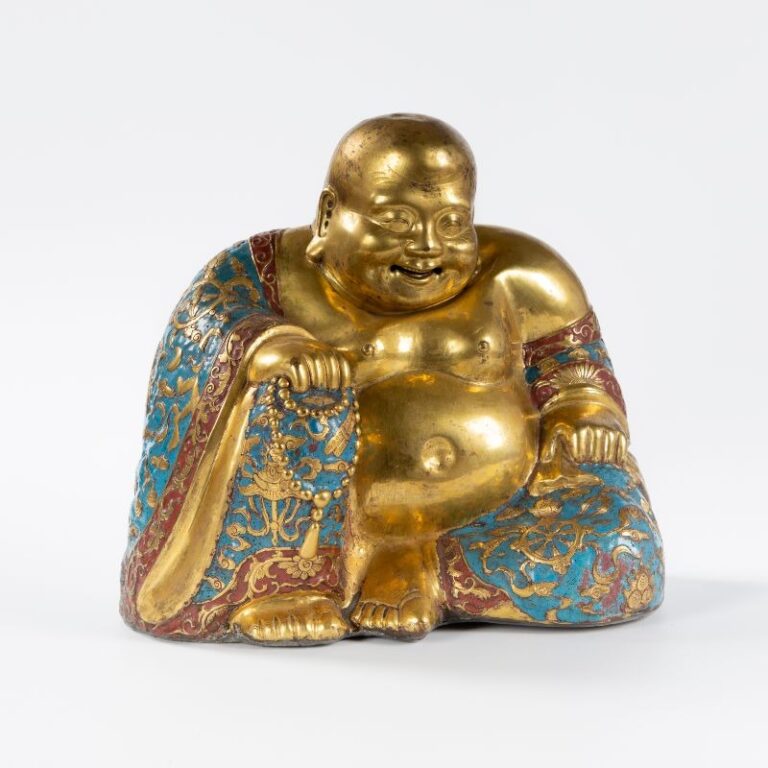
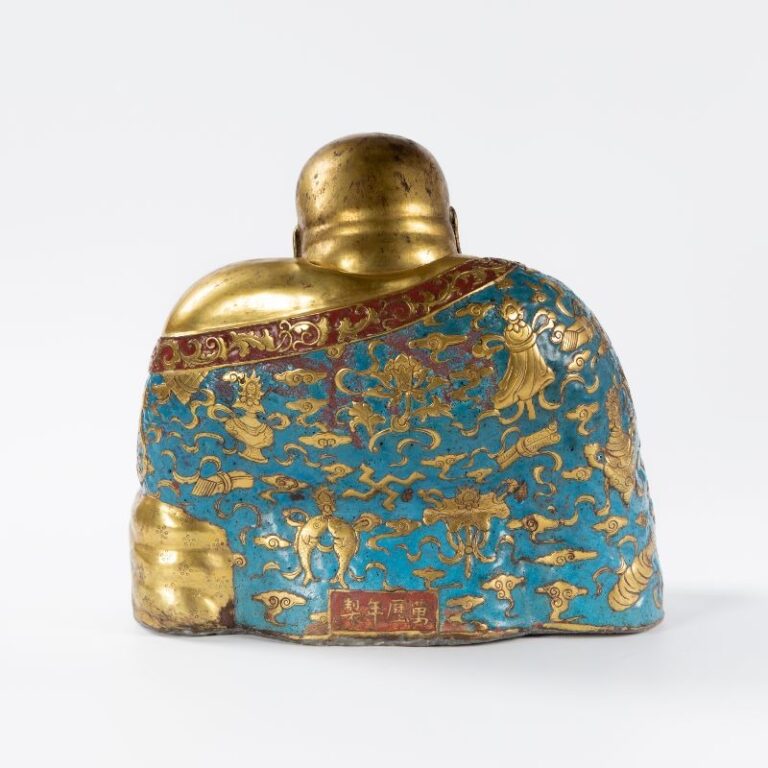
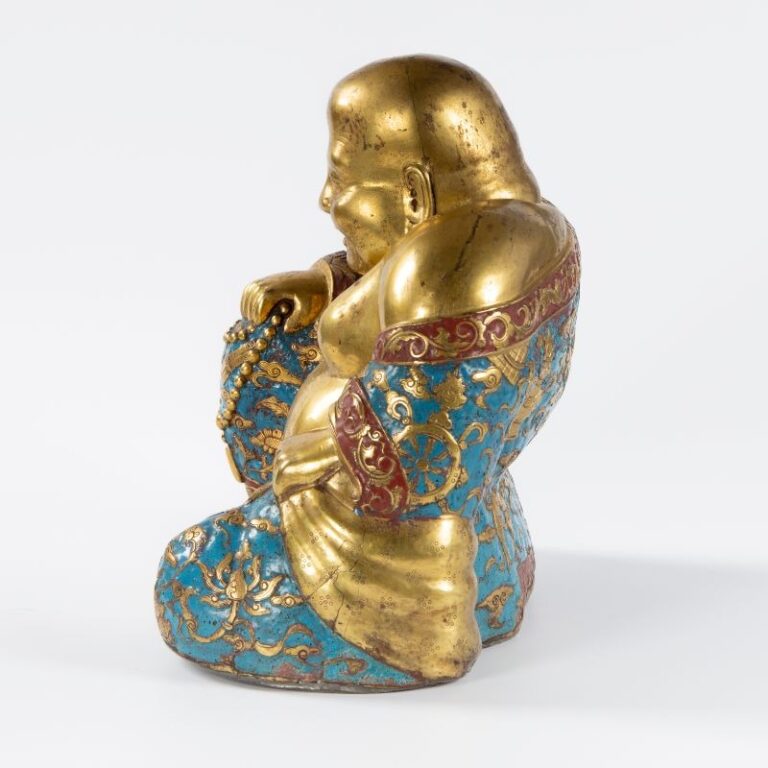
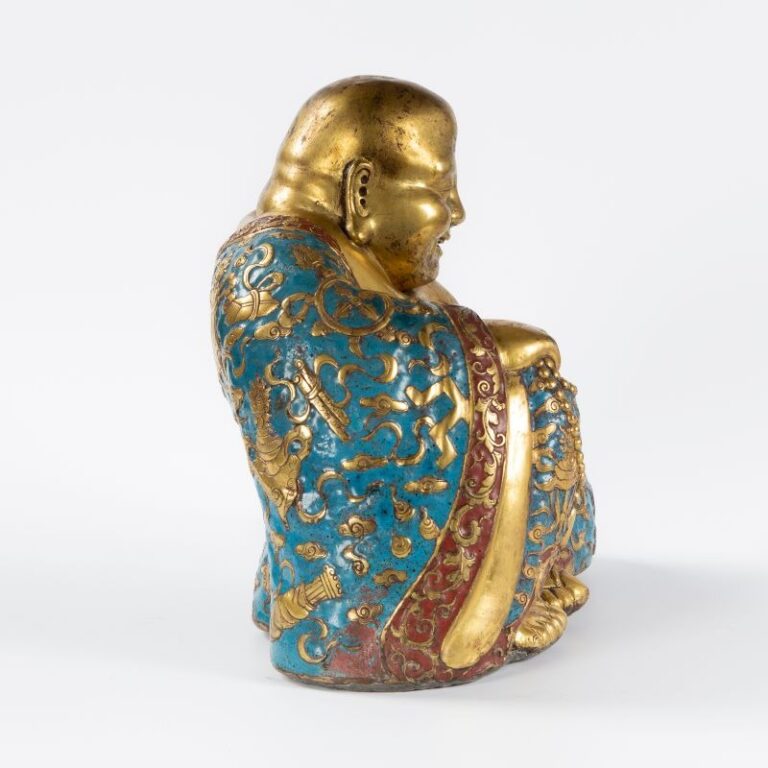
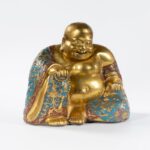
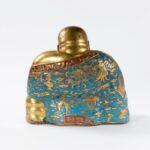
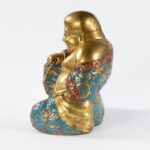
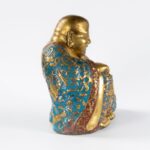

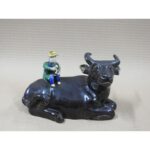










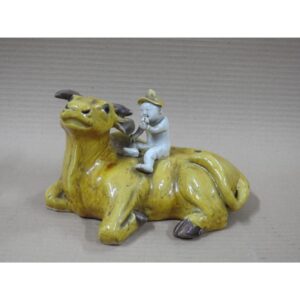








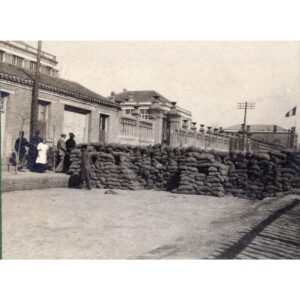


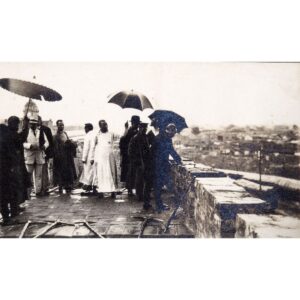










Do you have a comment or additional information about the subject?